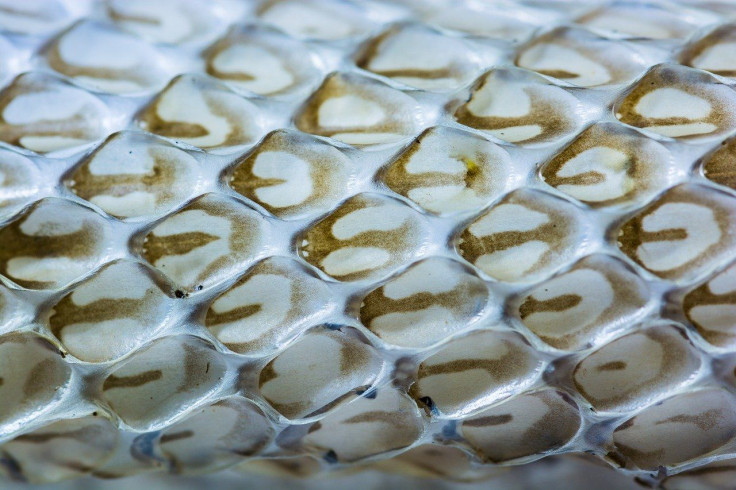'New' Species? Snake Finally Gets A Name After 46 Years [Photo]
KEY POINTS
- For years, the species was thought to belong to another, closely related species
- The newly named species adds to Panama's rich snake diversity
- It's been suggested that the species be considered as Near Threatened under the IUCN Red List of Species
Part of the excitement about the discovery of a new species, perhaps, is describing it and giving it a rather fitting name. But for a snake in Panama, it took decades before a snake species got a name of its own.
It was way back in 1977 when scientist Charles Myers first documented the newly described snake species, according to the Pensoft Publishers' blog.
The scientist was studying the reptiles and amphibians in Panama's Parque Nacional General de División Omar Torrijos Herrera — a mostly forested site that has since been designated as a National Park. He suggested that it was quite likely that there was "at least one undescribed species of Dipsas" in the area, the researchers noted in their study, published in the journal ZooKeys.
With other scientists recently agreeing with the idea of an undescribed species at the site, researchers analyzed some specimens collected there. Indeed, they confirmed that one of them was actually an unidentified species and not, as previously thought, a Dipsas temporalis, which turned out to be simply the "new" snake's closest relative.
The scientists named it Dipsas aparatiritos, with aparatíritos being the Greek term for "unnoticed" because it went unnoticed as a species of its own for decades.
"The snake has hidden in plain sight for more than forty years at a very well-studied field site for herpetological research," the researchers wrote. "We suggest the common name "Hidden Snail-eater" ("Caracolera Escondida" in Spanish)."
A photo of the rather striking species can be seen below.
#DidYouKnow that over 150 #snake species have been documented in Panama🇵🇦? Well, say hello to one more, #Dipsas aparatiritos!
— ZooKeys (@ZooKeys_Journal) February 7, 2023
First documented almost half a century ago, it has now been described as a #NewSpecies.
📰 Press release: https://t.co/yQj0InTh9h pic.twitter.com/FBNH4mbaC4
The species' description marks the sixth Dipsas to be described in Panama, though the genus contains dozens more. It also adds to the country's rich diversity of more than 150 snake species, according to Pensoft.
The snake is actually quite common in its area, having been documented and studied for years. The genus Dipsas, the researchers explained, includes snakes that are considered be "snail-eating" or "snail suckers." These snakes are said to be among the "goo-eating" snakes that have a particular penchant for eating soft and slimy prey like snails, earthworms and slugs.
However, despite being common in the area, which the researchers said to "fortunately" be a protected national park, they still suggested that the newly named species be considered as Near Threatened under the International Union for Conservation of Nature (IUCN) Red List of Species.
This is because of various factors such as its being endemic to Panama, the deforestation in the area and the decline in the care of the trails. "Unpermitted collection" of rare butterflies has also been observed before in the area, which researchers say was also logged in the past. This could mean, they said, that other unpermitted collectors "could arrive in the future."
In addition, the area has been made more accessible because of newly paved roads leading to the park, the researchers said. Previously, it was only accessible by "high clearance" four-wheel drive vehicles. The new roads, according to them, could make the site easier for "tourists and poachers alike" to reach.
"There is a need for continued research, especially in remote areas, to fully document the serpent fauna of Panama," the researchers wrote. "It is hoped that the area will remain protected and D. aparatiritos can continue to thrive."
"We are in an exciting time in science," scientist Julie Ray, one of the authors of the paper describing the species, said, as per the Pensoft Publishers' blog. "Naturalists and scientists must continue to document the natural world; there are many species out there yet to be found and described."

© Copyright IBTimes 2024. All rights reserved.






















